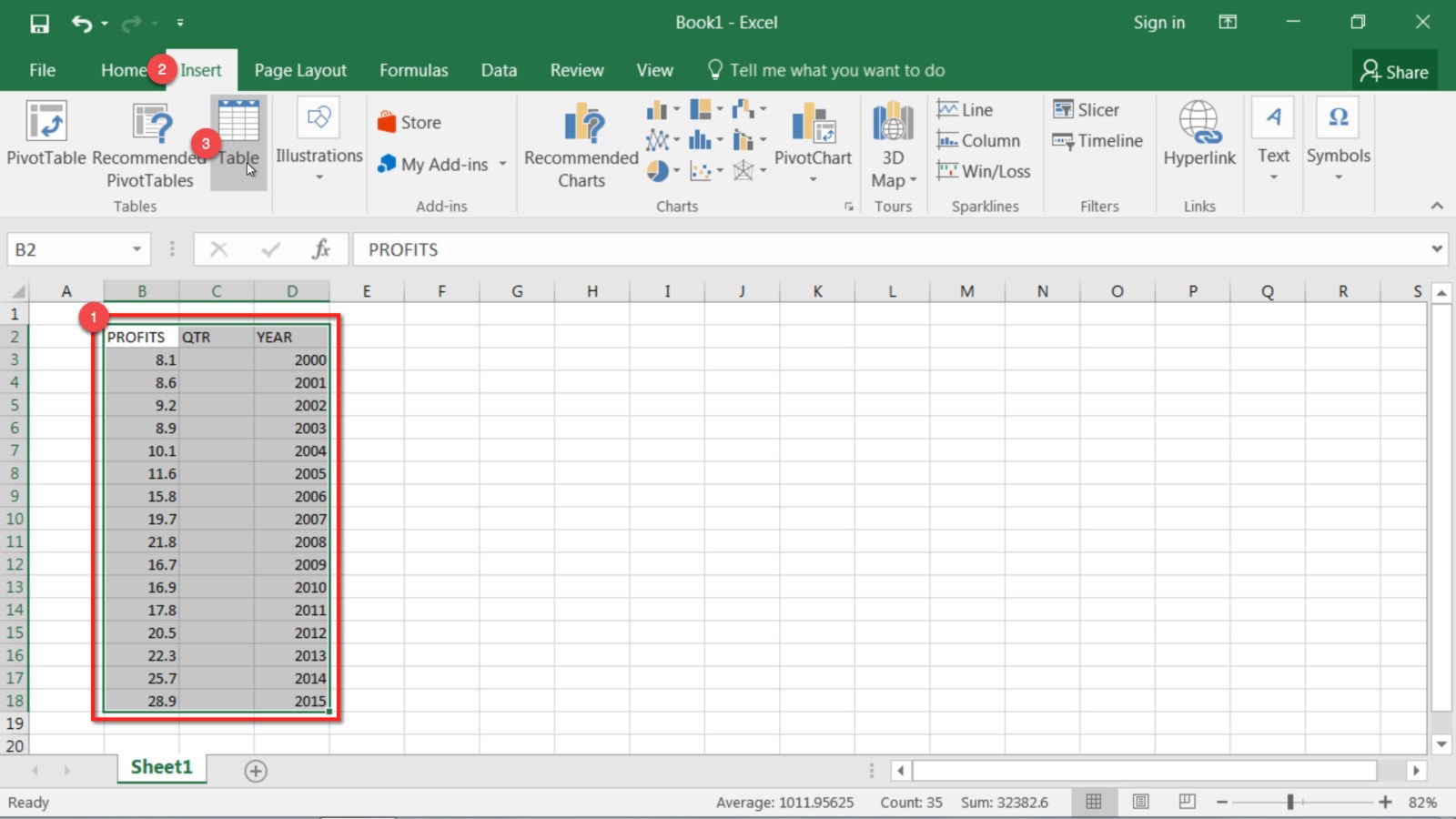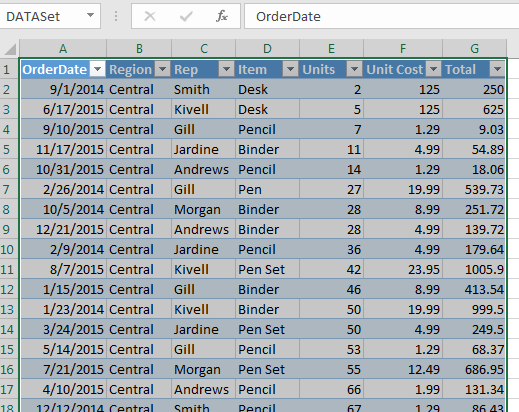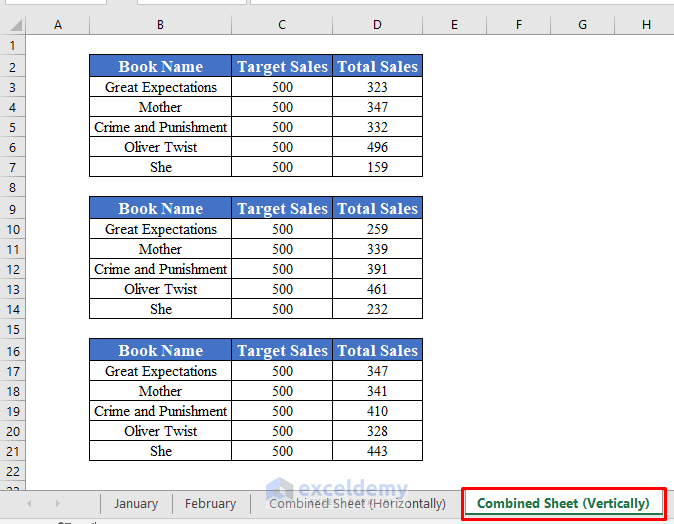Excel Tips: Organize Sheets by Number Easily

In today's data-driven business environment, efficiently organizing your Excel workbooks is key to productivity. Whether you're managing financial data, keeping records, or handling project timelines, having sheets neatly organized by number can significantly streamline your workflow. This guide will walk you through simple yet powerful techniques to automate sheet numbering and organization in Microsoft Excel.
Benefits of Organizing Sheets by Numbers

- Easy Access: Quickly locate specific sheets by referencing their sequential numbers.
- Enhanced Navigation: Navigate through your workbook effortlessly, making your work process smoother.
- Data Integrity: Minimize errors by ensuring a consistent and logical arrangement of data.
Steps to Organize Sheets by Number

Here are the steps to create a structured workbook:
1. Renaming Sheets

Before automating, rename your sheets with prefixes:
- Double-click the sheet tab to rename it.
- Add a number prefix, for example, “01 - Sales”, “02 - Expenses”, “03 - Inventory”, etc.
2. Using VBA for Automation

For a more dynamic approach, we can employ VBA to automate sheet numbering:
| VBA Code |
|---|
|
Press Alt + F11 to open the VBA editor, then insert the following code: |

To run this macro:
- Press Alt + F8, select "Auto_Number_Sheets", and click Run.
💡 Note: This script renames sheets starting with numeric prefixes, maintaining the integrity of any special prefixes or sheet names not following this pattern.
3. Creating a Sheet Navigation System

Automating the numbering system is helpful, but adding a navigation sheet can enhance usability:
- Add a new sheet, perhaps named “Navigation”.
- Insert a formula that lists all the sheets:
=4. Sorting Sheets

While Excel doesn’t natively sort sheets, here’s how you can do it manually:
- Hold Ctrl and click on sheet tabs to select multiple sheets.
- Drag and drop the selected sheets to the desired position, aligning them by number.
💡 Note: Excel's manual method can be error-prone; consider using VBA or external tools for accurate sorting if dealing with numerous sheets.
In conclusion, organizing Excel sheets by numbers not only improves the functionality of your workbooks but also contributes to a cleaner, more intuitive data management system. By employing these techniques, you can transform your spreadsheets into a well-oiled machine, enhancing productivity and data accuracy. Whether you're managing large datasets or simple project timelines, these methods will help you keep your workbook organized and accessible.
What’s the benefit of renaming sheets with numbers?

+
Numbering sheets provides an immediate reference point, making it easier to locate specific sheets, especially when working with large workbooks.
Is VBA necessary for sheet organization?

+
While not strictly necessary, VBA automation makes the process much more efficient, especially with frequent changes or large datasets.
How often should I run the numbering macro?

+
Run it each time you add, delete, or rename sheets to keep your workbook consistently organized.



